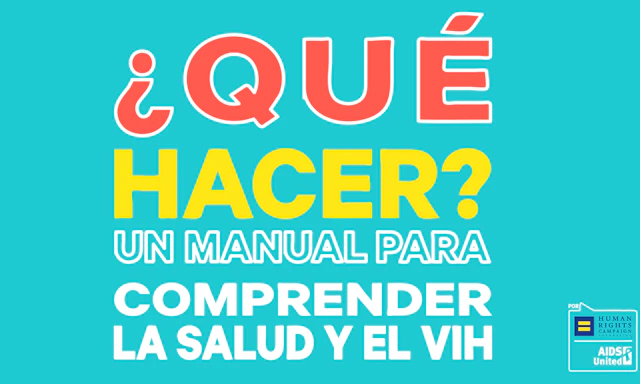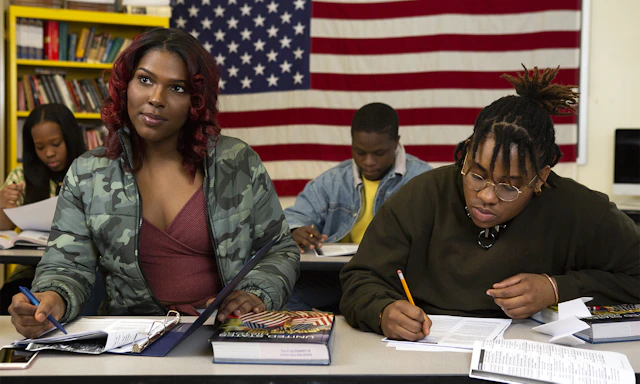
Cookies in use
Understanding Drag: As American as Apple Pie

Drag is a performance art that uses costumes, makeup, and other tools to present exaggerated forms of gender expression to critique gender inequalities and imagine a transformational future where people are truly free in how they express themselves.
Though drag began in the LGBTQ+ community, it has increasingly become part of the wider cultural landscape through shows like RuPaul’s Drag Race. Throughout its history, it was often driven underground due to anti-LGBTQ+ persecution. But as society became more accepting of LGBTQ+ identities, drag’s visibility and cultural influence grew enormously.
In recent years, drag performances, including family-friendly ‘drag story hour’ events at bookstores and libraries, have faced armed protests, threats, and violent actions from right-wing hate groups. Several states have passed, or attempted to pass, legislation restricting where, when, how, and to whom drag can be performed. These attacks are part of HRC’s National State of Emergency for LGBTQ+ Americans.
Drag is important because it promotes visibility of LGBTQ+ people to wider audiences, which increases societal acceptance. That’s why those with anti-LGBTQ+ attitudes object to the very existence of gender non-conformity in public no matter how innocuous and age appropriate. By spreading falsehoods, their attacks on drag artists serve to stigmatize all LGBTQ+ people.
Rooted in these legislative and violent attacks is a fundamental –if not intentionally willful –misunderstanding of what drag is. This guide, Understanding Drag, aims to correct these misunderstandings by introducing readers to the fundamentals of drag, in all its forms.
What is Drag? A Celebration of Non-Conformity

Drag uses clothes and other aspects of performance to create heightened versions of masculinity, femininity and other forms of gender expression. It is rooted in acceptance and resilience and is an artform that represents freedom of expression and resistance to unjust forces. Drag is a means to understand those whose experiences are different from our own, and a source of profound joy for millions of Americans of all ages, races, genders and sexualities.
For some performers, drag may be an integral part of their Coming Out journey, providing a safe and affirming space to explore their gender identity and expression before coming out as transgender or non-binary in daily life.
For others, drag can simply offer a way to play and explore with masculinity, femininity, and gender presentations outside a strict binary, regardless of how they identify offstage.
For audiences, drag asks viewers to examine and question gendered stereotypes, unmasking larger truths about how our society is constructed. In turn, this allows for a deeper understanding of oneself and greater empathy for those different.
Drag Through the Ages
Drag has its origins in a much older cultural history. As far back as ancient Greece and Rome, and the Elizabethan Era in England, actors de-facto performed in drag, as women were not allowed to become actors, which led to men performing female roles, in female dress, in stage plays.
The term “drag” first emerged during the late 19th century, believed to be a reference to long gowns that dragged across the floor during balls. American William Dorsey Swann was the first self-proclaimed “queen of drag” and hosted numerous drag balls in Washington, D.C. during the late 19th century.
Drag became a common component of vaudeville in America around the turn of the 20th century, with the “female impersonator” Julian Eltinge even performing on Broadway. Changing social norms and anti-crossdressing laws led to drag becoming a private activity, but during prohibition, underground clubs, already breaking the law, led to more opportunities for drag performances in what was known as “The Pansy Craze.”
During the 1940s and 1950s, drag artist Arthur Blake found success impersonating female celebrities of the time, and even performed as Eleanor Roosevelt at the White House. But drag’s status in the LGBTQ+ community increasingly led to persecution, including police raids on gay bars. This includes the Stonewall uprising, showing that contemporary attacks on drag are attacks on the very foundation of the modern LGBTQ+ movement.
The late 20th century saw the rise of new forms of drag such as Ballroom among the Black and Latine LGBTQ+ community (see below). And in 2009, RuPaul’s Drag Race premiered, bringing visibility of drag to the masses and quickly becoming a cultural icon.
DRAG 101: Terms You Should Know
Drag has many terms related to its performance and culture. When discussing drag, these are some of the most common phrases you might hear:
Drag King – A performer who dresses in masculine drag (e.g. drag to make them appear masculine).
Drag Queen - A performer who dresses in feminine drag (e.g. drag to make them appear feminine).
Drag Pageant – A competition where drag artists are judged on their costumes and performances.
Ballroom – In the 1960s, Black and Latine drag artists created their own pageants called “balls” since traditional drag pageants featured predominantly white judges. Ballroom culture became particularly prominent in the 1980s across several major American cities, though it has been popularized in documentaries such as Paris is Burning, and, most recently in the fictional tv show Pose. It is in ballroom that we see the origins of the dance style vogue, Drag Houses serving as chosen families, and the establishment of many of the categories and language still used in drag competitions today.
Houses – In ballroom culture, Houses serve as alternative families for performers who are often estranged from their birth families. They are led by experienced members of the ballroom scene called “Mothers” or “Fathers” who guide and support “children” of the House.
Vogue – A style of dance that emerged from the Harlem Ballroom scene in the 1980s. I gained mainstream exposure with the Madonna song “Vogue” in 1990 and was featured in the critically acclaimed ballroom documentary Paris is Burning.

Drag Styles and Settings
Drag is an art form that includes many different styles and is performed in many different settings. Its goal is to entertain and to educate, to use art to spread joy and positive social change. And as with movies or books, there are different types of performances suited to different age ranges. Drag is an important part of American and global culture, and a great example of freedom of expression.
- Pageant Drag – Drag pageants typically include singing, dancing, comedy and elaborate costume competitions. First developed during the 1960s as a way for drag artists to celebrate their community despite being stigmatized by mainstream society, the first national drag pageant was held in Nashville in 1972. Drag pageants gained mainstream popularity with the premiere of the show RuPaul’s Drag Race in 2009.
- Club Drag – Similar to pageants, these shows, performed at nightclubs or bars, may include musical performances, comedy and fashion runways.
- Activist Drag – Drag where artists highlight important social issues such as gender inequality, housing insecurity, stigma around HIV/AIDS, anti-LGBTQ+ violence and economic disenfranchisement. Sometimes known as Activessle drag, these performances may also raise money for charities.
- Drag Brunch – Some restaurants host drag brunch events where performers move around the restaurant performing for and interacting with customers. Depending on the location, this may be for all ages, or restricted to adults (age 18+) or of legal drinking age (age 21+). These performances may be comedic, with drag performers playfully poking fun at themselves and other customers, or they may involve singing and dancing.
- Drag Story Time – Libraries and bookstores may hold Drag Story Times, family-friendly events where drag artists read children’s books and engage in other learning activities such as sing-alongs. The idea was created by author Michelle Tea in 2015 after attending children’s events at her local library with her newborn son. She found the events welcoming, but lacking in representation for LGBTQ+ identities such as her own. Drag Story Times became popular among families seeking to teach their children to be inclusive of diverse identities and have been held in many libraries across America and worldwide. Unfortunately, anti-LGBTQ+ activists have spread dangerous falsehoods about Drag Story Time in an attempt to remove LGBTQ+ people from public life regardless of age-appropriateness.
- Topics:
- Allies
- Communities of Color
- Research
Love conquers hate.


